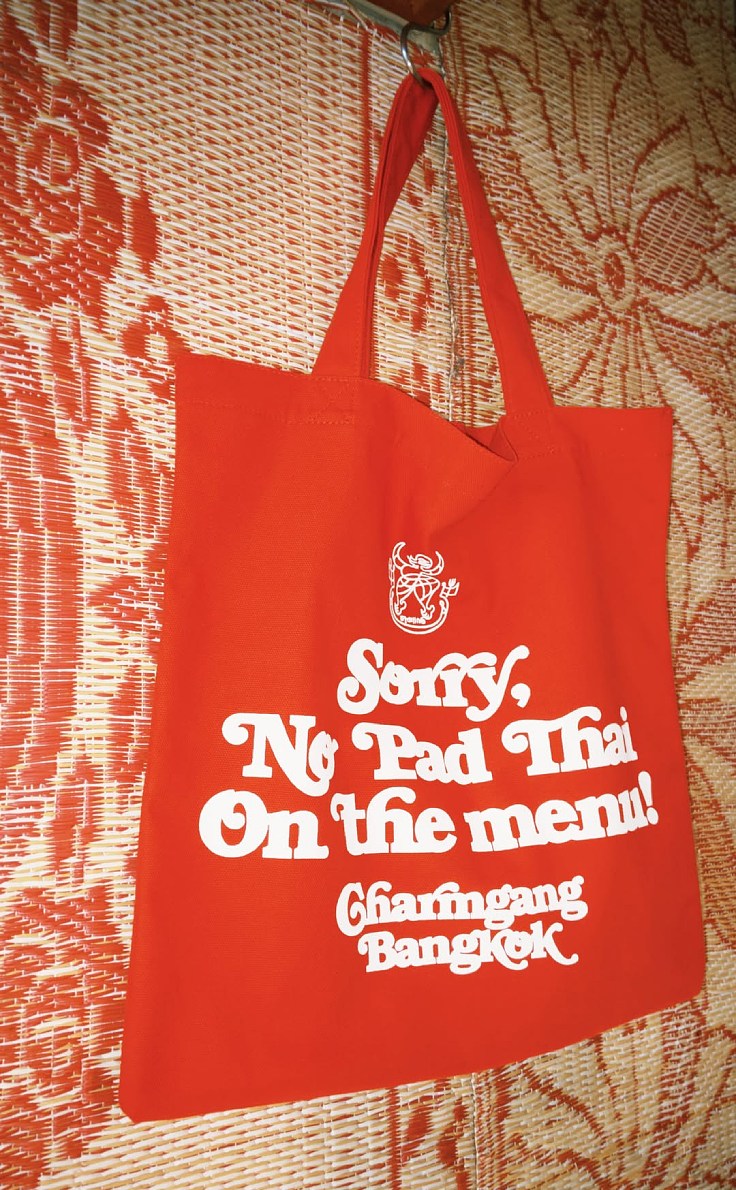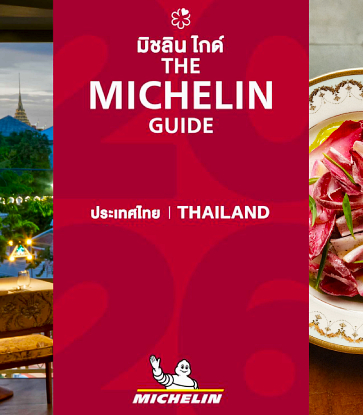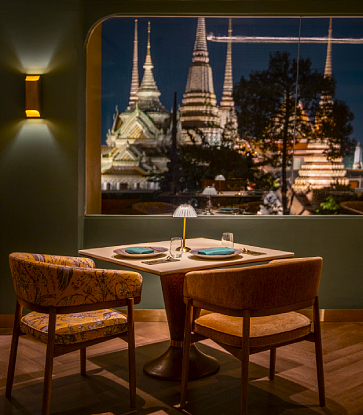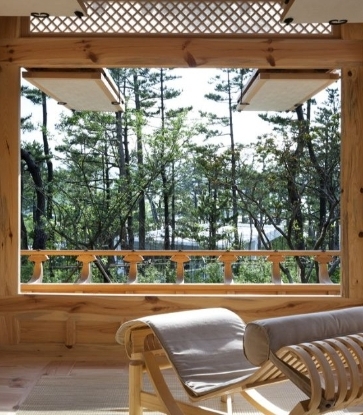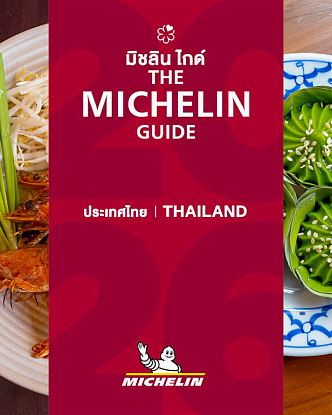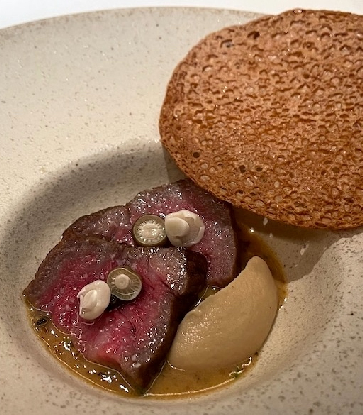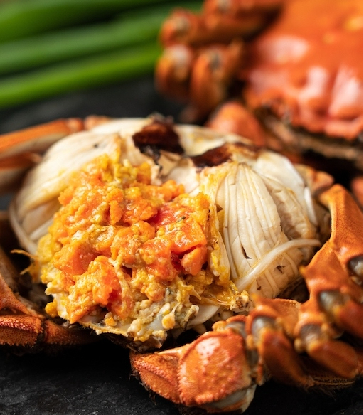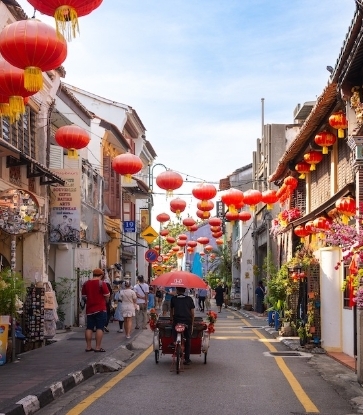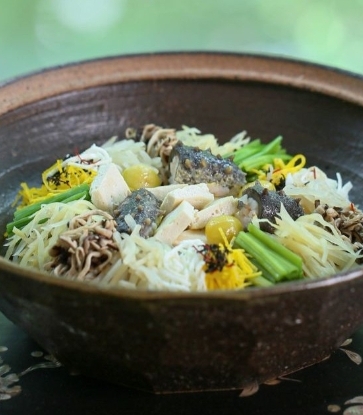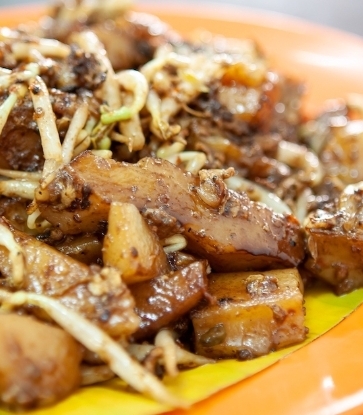Gaeseong Pyeonsu, the Ultimate Mandu
According to an article in the December 1929 edition of monthly publication Byeolgeongon, pyeonsu is described as a veritable delicacy of Gaeseong in the North Hwanghae Province in what is now North Korea. The article describes pyeonsu as the ultimate mandu, “incomparable to the ubiquitous 20-cent dumplings sold at countless popular eateries around the Jongno District in Seoul that consisted of a sad amalgam of wilted mungbean sprouts and tofu”.
The article goes on to elaborate on the ingredients and their ratio to make the perfect pyeonsu: ground beef, ground pork, ground chicken, fresh oysters, assorted mushrooms, pine nuts, mungbean sprouts, tofu, aromatic vegetables and seasoning. The ratio of mungbean sprounts and tofu mix, the article states, should never amount to more than one-third of the filling.
Steamed, boiled or fried; crescent, oval, round or square; meat,vegetables or both; thin-skinned or thick, the realm of the Korean dumpling universe reaches far and wide. The broad term for dumplings in Korean is mandu (pronounced “mahn-doo”) which refers to a dish that consists of (usually) thin sheets of dough, made from a variety of starch sources, wrapped around a filling. Although both savoury and sweet dumplings exist in different cultures around the world, mandu in Korea are generally accepted as a savoury dish.
Dumplings Fit for Royalty
Historical records show that Korean royalty have long enjoyed mandu in all forms and sizes, utilising various ingredients to make the filling including meat, fish, vegetables and even nuts. Mandu constituted an important part of the royal cuisine of the Joseon Dynasty, being served as a snack or as a midday meal in place of a full-on spread.
In the royal court, the different types of mandu were categorised according to their shapes and ingredients. The following is a brief primer on some of the most representative types of mandu enjoyed by the royal families during the Joseon Dynasty.
Byeongsi: A crescent moon-shaped mandu made with a wheat-based dough. Byeongsi were typically folded simply without creases. “Byeongsi” was also used as a general term to refer to all types of mandu wrapped in a wheat flour-based dough.
Gyuasang: A summer mandu that was folded to resemble a sea cucumber. Gyuasang often contained a vegetable-based filling that included thin strips of salted and sauteed cucumber skin that added a cooling taste and refreshing crunch to each bite during the sweltering months. Once folded and shaped, the dumplings were steamed over a bed of green ivy leaves to highlight the seasonality of the dish.
Pyeonsu: Another type of summer dumpling, but folded into the shape of a flat square pyramid. The filling typically consists of ground meat, summer squash, pyogo mushrooms and mungbean sprouts. Pyeonsu can be boiled or steamed and served as is with vinegared soya sauce or served in a chilled clear broth, seasoned with salt and/or light soya sauce.
Other types of mandu enjoyed by the royalty were filled with ingredients like pheasant meat and winter melon. Eomandu were a type of dumplings that wrapped the filling with thin fillets of fish instead of a starch-based dough.
The ingredients used for both the dough and the filling were dependent on one’s social status. The royalty and the aristocracy used wheat flour, which was a rare luxury during the Joseon Dynasty, while the commoners resorted to using buckwheat flour.
Historical records show that dumplings were a delicacy particularly enjoyed by folks in the northern regions of the Korean Peninsula, especially the Pyeongando Province, located in what is currently the north-western region of North Korea. Pyeongando-style mandu filling typically featured chopped cabbage kimchi, ground pork and tofu. Both buckwheat flour and wheat flour were used for the dough.
Gaeseong Pyeonsu, he Ultimate Mandu
According to an article in the December 1929 edition of monthly publication Byeolgeongon, pyeonsu is described as a veritable delicacy of Gaeseong in the North Hwanghae Province in what is now North Korea. The article describes pyeonsu as the ultimate mandu, “incomparable to the ubiquitous 20-cent dumplings sold at countless popular eateries around the Jongno District in Seoul that consisted of a sad amalgam of wilted mungbean sprouts and tofu”.
The article goes on to elaborate on the ingredients and their ratio to make the perfect pyeonsu: ground beef, ground pork, ground chicken, fresh oysters, assorted mushrooms, pine nuts, mungbean sprouts, tofu, aromatic vegetables and seasoning. The ratio of mungbean sprounts and tofu mix, the article states, should never amount to more than one-third of the filling.

Fair And Square
According to Sieuijeonso, a 19th century cookbook written by an unknown author, pyeonsu dough is made by mixing wheat flour and cold water. Once kneaded, the dough is rolled out into a thin sheet and cut into squares.
According to the cookbook, in order for pyeonsu to be pyeonsu, it has to contain four types of meat. They include beef, chicken, pheasant and pork. Water parsley, mungbean sprouts and radish are blanched and finely chopped. Tofu and cabbage kimchi are also finely chopped. Fragrant aromatic vegetables like green onions, garlic and ginger and added to the meat and vegetable mixture. The final touches are crushed sesame seeds and sesame oil, salt and finely ground pepper.
A mound of filling is carefully placed in the center of a square dough sheet that is neither too large nor too small, and topped with two pine nuts. The four corners of the dough sheet are gathered at the centre and the edges of the four sides are carefully sealed to form a square pyramid.
The pyeonsu are then boiled in a clear meat-based broth. Once the dumplings are cooked through and float to the surface, they are served in a bowl, together with the broth, and finished with a light dusting of finely ground pepper.
Wheat Matters
To make pyeonsu, we need wheat flour. The Korean Peninsula, with its high annual rainfall, is not ideal for wheat farming, which is precisely why wheat used to be predominantly cultivated during the cold winter months and harvested in the summer. Because wheat was harvested during the summer, pyeonsu naturally came to be enjoyed as a summer delicacy. As the days were hot, people preferred to eat the dumplings cold.To offset any possible unpleasant odour from the cold filling, people dipped their pyeonsu in vinegared soya sauce.
Even until the late Joseon Dynasty, the quality of locally produced wheat was not what it is today and, more importantly, the yield was low. Wheat-based foods were considered a luxury, reserved for the privileged few, including the royalty and the aristocrats. The rest had to make do with the less-refined buckwheat flour. This is why many of the cookbooks written during the late Joseon era list buckwheat flour as a key pyeonsu ingredient.
Hwanghaedo Province in present-day North Korea was the largest producer of a native species of wheat during the Japanese occupation. Thanks to the bountiful wheat production, the people of Gaeseong were able to use wheat flour to make pyeonsu. Historical records show that towards the late Joseon era, it was common even for the lower-class people to prepare pyeonsu with wheat flour.
Following Korea’s liberation from Japan, a slew of restaurants specializing in North Korean cuisine opened up around Jangchung-dong and Chungmuro districts of Seoul, the former stomping grounds of the Japanese during the occupation. These restaurants, owned and operated by Pyeongando natives, specialized in naengmyeon and other popular staples, including mandu. Unforunately, Gaeseong-style pyeonsu never quite caught on with the masses like the standard mandu did in the 20th century. Too seasonal? Too much of a hassle to prepare? Whatever the reason, only a handful of restaurants in Seoul today offer pyeonsu on their menu.





